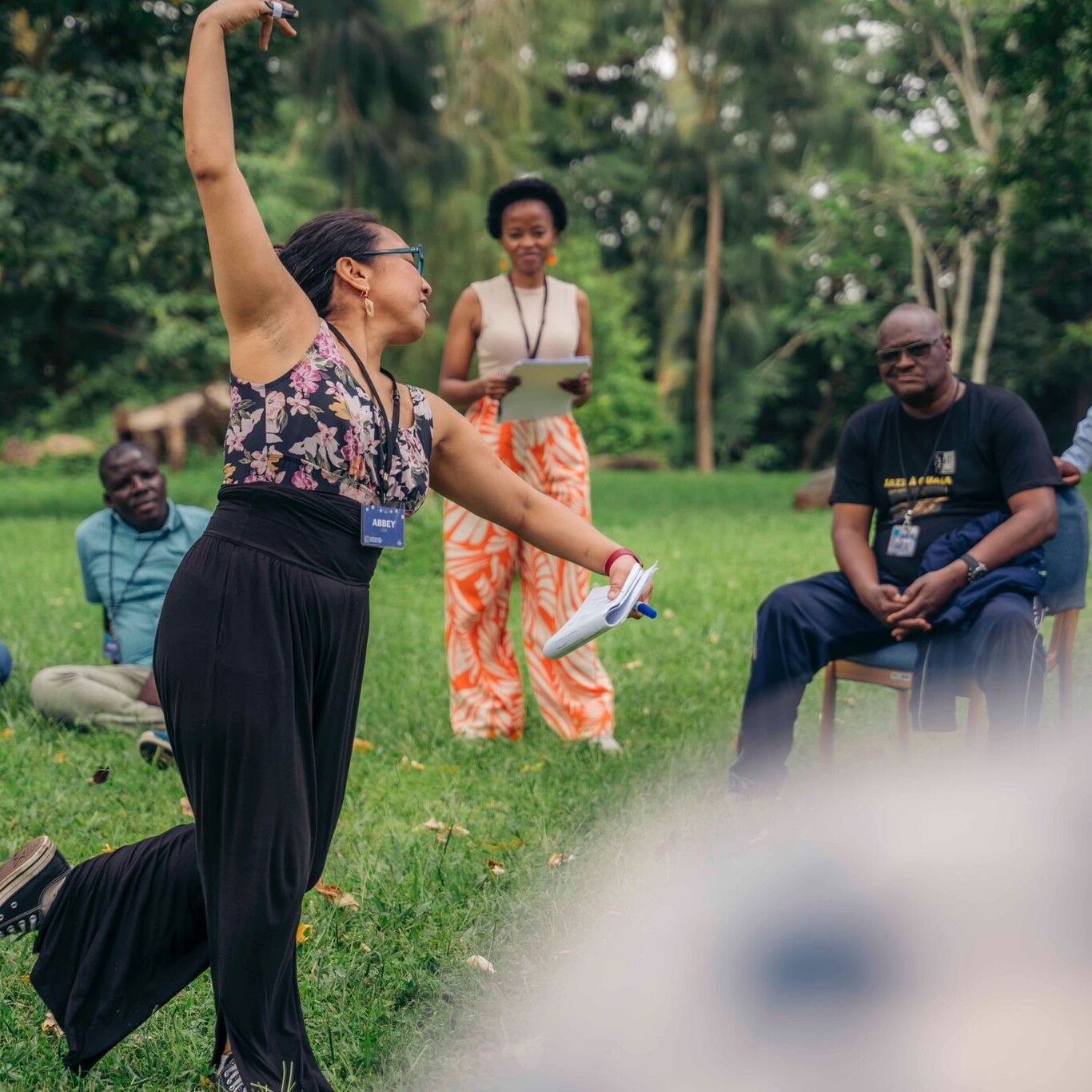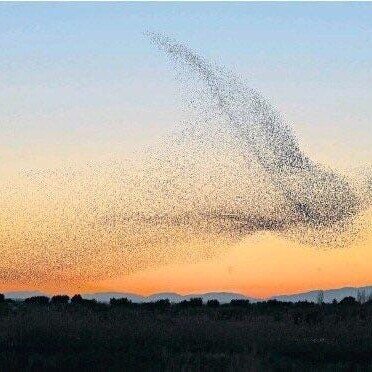Over the past few years, I have been increasingly influenced by the concept of “weaving” — what for me means connecting people, ideas, and projects to foster more collaborative social change.
Weaving is a skill, a mindset, and a way of being. More art than science, it requires deep listening, being responsive to interests and needs, and “sensing” opportunities to bring people or projects together.
In many ways, it’s synonymous with other terms we use like facilitation, collaboration, networking, community building, relational leadership, etc.
I find weaving to be an incredibly powerful tool for fostering collaboration, decentralizing ownership, and sparking wide-scale impact.
But weaving often clashes with our traditional workplace habits and structures
One of the things I’ve been struggling with lately is how to make weaving a regular and consistent part of our team.
In the network I run, despite multiple attempts weaving still doesn’t show up in our to-do’s or our impact tracking system. When our time is limited (which is almost always), it quickly becomes a “nice to have”.
Often, we work in systems that are linear, logical, and task-based—from project management, to communication and coordination, to data analysis. Weaving is by nature more intuitive, emergent, and relationship-focused, and sometimes just doesn’t seem to fit.
As a result, weaving can be hard to integrate into our task lists, to coordinate across our team members, and to openly report on. And because our managers and supporters usually don’t see or experience it themselves, it can go unnoticed and misunderstood.
So how can weaving become a core activity that we regularly practice and valorize in our workplaces?
Last week, June Holley and I hosted a brainstorming session with the Weaving Lab around this question. Here are some of the ideas that came up:
-
- -Weave everywhere, all the time — and explicitly state that you’re doing it. For example, in interviews you can cluster small groups of people who don’t know each other and tell them relationship building is a core goal of the interview. In team meetings you can leave time for storytelling and explain why this is important for building trust. In large group events you can integrate simple getting-to-know-you activities, and explain how connections are the core of any collaborative work.
- -Explicitly write weaving in our daily task lists. Be they digital or analogue, try to make sure weaving is written down as a regularly-occurring task (e.g. weekly) for each team member. So even when a direct opportunity for weaving doesn’t show up to you, your job is to “find” one.
- -Enable weaving through a light-touch database system. Keep an updated list of your team and community members’ needs, interests, gifts, skills, fields of work, engagement level, etc. Make it simple, so it’s easy to skim. And use your weekly task to actively “identify” new opportunities for weaving (don’t expect community members to do this themselves!). For example: find 3 people who haven’t met but you think would get along and introduce them to each other. Or, share a funding opportunity with 4 people working in a similar field of interest. By the way, CRM systems aren’t set up for this, so consider using a flexible tool like Asana or AirTable, or a network mapping tool like Kumu.
- -Don’t weave alone or in isolation — weave with others. Mark “weaving opportunities” as a fixed item in your team meeting agenda. This helps you better coordinate to avoid overlap, be creative in finding weaving opportunities, and be accountable to making it happen, while also building a culture of weaving. One note:make sure your team has diverse weaving capacities so you can complement each other.
- -Document and share weaving through simple and regular processes. Integrating weaving updates into your team meetings—e.g. “what relationships have we build this week” — so you capture and share things you may not have recalled. Have a simple “checklist” for immediately logging when weaving occurs (make it super easy, 15–30 seconds to open, log, and close). And do annual surveys and check-ins with your community to see what impact weaving has had over time.
- -Help people whose support you need (e.g. bosses, funders) to “get” it. Use common concepts and metaphors that can make weaving easier to understand. Collect stories of weaving and share those with them. Invite them to to engage directly in weaving practices (e.g. a peer-to-peer problem-solving session where they can get support on a challenge they face and experience weaving in practice). And hold multiple meetings with them where you let them can ask you questions and get to know the practice better.
What would you add?

Brendon Johnson is a seasoned changemaker with a passion for strategies and models around networks, communities, participatory organizing, and collaborative action
Originally published at Medium
Photo by Alina Grubnyak on Unsplash

Network Weaver is dedicated to offering free content to all – in support of equity, justice and transformation for all.
We appreciate your support!
donate in the box above or click here



